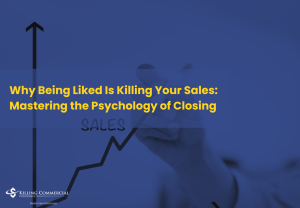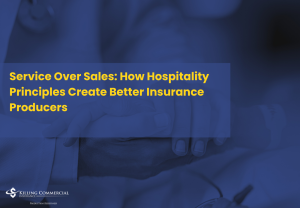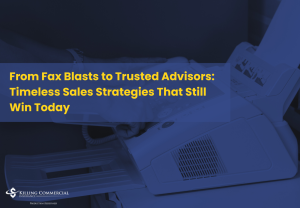
Faith, Empathy, and Opportunity: How Lloyd Brown is Redefining Diversity and Purpose in the Commercial Insurance Industry
In every season of The Protege, one thing becomes crystal clear—success in the commercial insurance industry isn’t about where you start, it’s about who you become.
In this episode of the Power Producers Podcast, I sat down with Lloyd Brown, a middle market producer from Orlando, Florida, whose story is equal parts faith, resilience, and purpose.









Responses